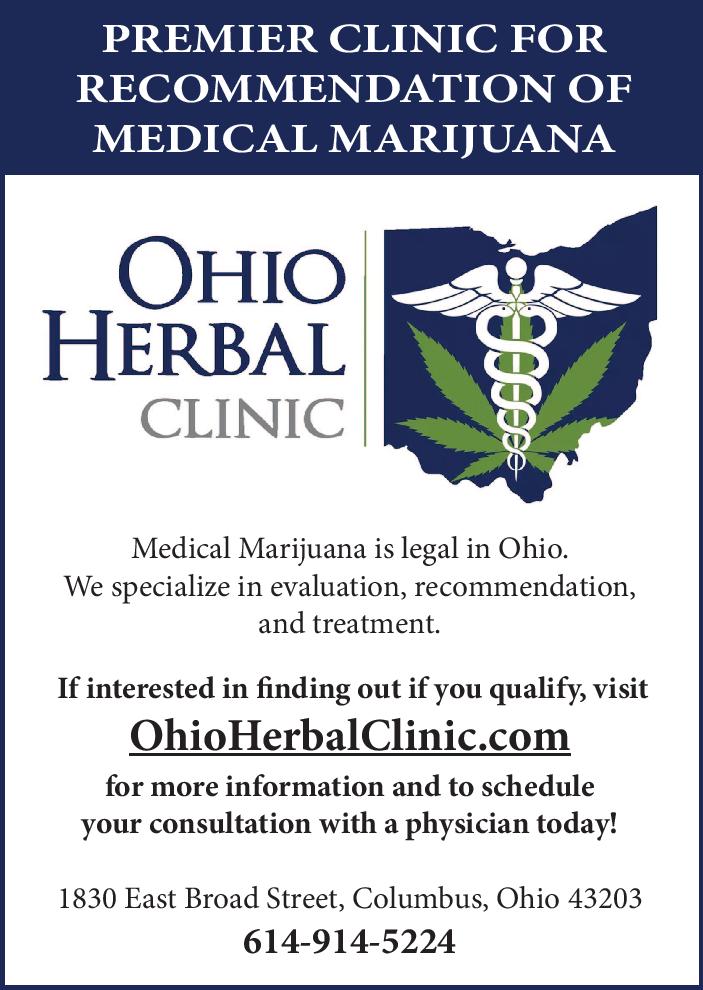
VA Secretary Bob McDonald - and a broad swath of the veterans' community - is counting on MyVA to culturally transform the department. The comprehensive initiative is designed to change the way the agency does business. “We're trying to put the veteran at the center of everything we do,” McDonald says.
MyVA is intended to make the agency a principles-based organization instead of one governed by the kind of rules that, in May 2015, forced a veteran with a broken foot to call 911 for assistance because a VA employee refused to help him in from his car - which was pulled up just outside the emergency room door.
“MyVA encompasses health care, benefits, basically everything the VA does,” says Lt. Col. (select) Aniela Szymanski, USMCR, a MOAA deputy director for Government Relations. “It is a huge undertaking, but something had to be done.” More than 9 million veterans rely on the VA for benefits and services ranging from education and home loans to rehabilitation and health care. With more than 320,000 full-time employees staffing 167 medical centers, 863 outpatient clinics, 300 Vet Centers, 56 regional offices, nine regional loan centers, and 131 national cemeteries, if the VA were a private company, it would rank among the nation's 10 largest corporations.
Instilling meaningful change on such a grand scale might seem daunting, but the private-sector perspective of the agency's new leadership, combined with input from a broad spectrum of stakeholders and community partners, is producing results. “I don't know if there's a time when there has been greater change [in the agency],” VA Deputy Secretary Sloan Gibson says.
With MyVA, the organization hopes to set a course of long-term excellence and reform and rebuild trust with veterans and their families and the American people. Improving the experience and the performance of employees is a critical element of the far-reaching initiative. So is the enhancement of strategic partnerships. “I've said it before, and I'll say it again,” McDonald says. “We cannot do this by ourselves.”
At the top of the list, however, is the need to improve the veteran experience. “We've talked to thousands and thousands of veterans to put these transformation plans together,” says McDonald, a graduate of the U.S. Military Academy at West Point, N.Y., and an Army veteran who served with the 82nd Airborne Division.
The feedback he received is reflected in a handful of objectives designed “to achieve meaningful near-term improvements and quick wins for veterans” while also moving the organization closer to long-term success. Among them are increased access to health care, improved community care, modernization of VA contact centers, simplification of the appeals process, and a continuing reduction of homelessness among the nation's veteran population.
At a meeting of the MyVA Advisory Committee in July, held at the VA Boston Healthcare System, members of the VA's senior leadership team reported on the progress that was being made. The committee, which is chaired by retired Army Maj. Gen. Joe Robles Jr., the former president and CEO of USAA, comprises an impressive group of veterans, including, among others, the vice chancellor of Syracuse University, the head of Amazon Web Services Worldwide Public Sector, a former U.S. surgeon general, and the CEO of a $6.2 billion health care system that includes the Cleveland Clinic.
In a joint statement, members of the committee noted that while much work remained, the change they had witnessed over the past 15 months - at all levels of the department - was unprecedented.
Some don't think the changes are enough, though. Legislation proposed by Rep. Cathy McMorris Rodgers (R-Wash.) would privatize the VA. In June, MOAA joined with 25 other veterans service organizations, including AMVETS and Vietnam Veterans of America, to send a joint letter to McMorris Rodgers stating their opposition to the bill. “The draft legislation is predicated on several flawed premises and, if enacted, would have immediate and permanent negative consequences for millions of veterans who choose and rely on VA health care,” the veterans' organizations wrote. MOAA also sent a letter on the topic of VA privatization to members of the Commission on Care (created under the Veterans Access, Choice, and Accountability Act) in April.
In its final report to Congress, the Commission on Care rejected the concept of privatization. Although the commission's recommendations were not unanimous, support for a reformed VA with improved care in the community was recommended.
A veteran-centric approach
Since the access crisis in Phoenix, the VA has handled millions more appointments annually, both within its facilities and out in the community. And, as Dr. David Shulkin, VA undersecretary of health, told the advisory committee in Boston, 97 percent of those appointments now are completed within 30 days of the veteran's preferred date. Thirty-four medical centers, he said, now offer access to same-day primary care, and as of April, 90 percent of mental health patients are seen within seven days. Only 14 percent of community psychiatrists can match that, he noted.
The VA also is finding innovative ways to serve veterans, from a new prosthetic arm developed in conjunction with the Defense Advanced Research Projects Agency and adaptive sports programs to telehealth services that deliver much-needed mental health care services.
“This isn't happening in the private sector because it's not cost-effective,” Shulkin said. “We are by far the largest user of telehealth in the country. No one else comes close.”
The VA is changing the way it communicates with veterans - and the way veterans are able to communicate with the VA. McDonald even has made available his cellphone number: (513) 509-8454. “I'm hoping that veterans are finding us to be more accessible than perhaps we have been in the past,” he says.
Forms are being simplified. Letters are being translated into plain English. Call centers have opened. As of June 30, veterans now have the option of a true digital enrollment process, which takes an average of only 24 minutes to complete. A mobile app allowing veterans to schedule appointments quickly and easily will be released soon.
Szymanski - who, at MOAA, often helps veterans navigate the system, while at home helping her father, a Vietnam veteran, do the same thing - looks forward to the day the VA's new website, www.vets.gov, fulfills its promise of being the only website needed to access all VA services and benefits. At this point, it's still a work in progress.
The VA also is well on its way to creating 100 community veteran engagement boards as a way to leverage all community assets - not just those of the agency - to meet the needs of local veterans. “Those are a way of reaching veterans in a positive way and improving the way that they see [the] VA - as a partner instead of an uncaring bureaucracy,” Szymanski says.
The pace of change
“Access continues to be the biggest issue, but solving it in a way that does not erode the quality of care is ultimately what veterans want and what our organization seeks to achieve,” says Carlos Fuentes, deputy director of the National Legislative Service atVeterans of Foreign Wars. “Overwhelmingly, veterans are satisfied with the care they receive. Our surveys have determined that 87 percent of veterans who use VA health care would recommend it to their fellow veterans. The quality is undisputed.”
“The challenge we have isn't to provide a quality experience. We do that,” Gibson told the advisory committee in Boston. “The problem is with the system surrounding the care.”
In the past, inadequate attention was paid to training, leader development, and succession planning. Leaders rarely even talked to employees. VA leadership now is actively trying to engage VA employees in the transformation process and is cultivating transparency and accountability throughout the organization. A dynamic program - Leaders Develop Leaders - is facilitating the necessary change of culture at all levels. Comprehensive planning is in place, based on a high-performance organization model, and out-of-date technology is being replaced.
“Unfortunately, Congress's inability to move key pieces of legislation has really slowed up the transformative change that MyVA is all about,” says Bill Rausch, executive director of Got Your 6, referring to the Veterans First Act, which received full bipartisan support from the Senate Veterans' Affairs Committee but has yet to be brought to the floor for a vote. “There's legislation sitting on the Hill that would allow the VA to provide better service to more veterans across the country, and no one is taking action to push it though.”
“We have all this commentary about veterans in the political cycle,” McDonald says. “It's troubling to me because the fundamental work is not being done. I don't like veterans being used as political pawns.”
“It is a team effort,” Fuentes says. “We need the support of [the] VA, the veterans' community, and Congress to be able to enact the change that's necessary to rebuild trust and confidence.”
“The VA has opened up their apparatus to ask stakeholders - to ask veterans - what they need, what they want,” Rausch says. “Because [Secretary McDonald] has put the veteran at the core of every decision that's being made, I'm confident - if Congress would support the MyVA initiatives - that the VA will be well on its way to becoming a world-class organization that every veteran would proudly call 'my VA.'”
By: Christina Wood



